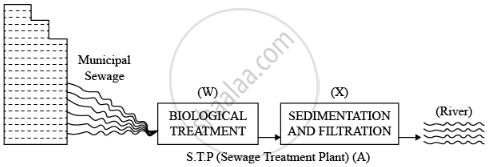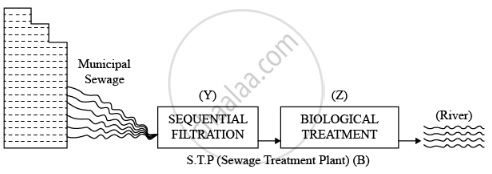Advertisements
Advertisements
प्रश्न
Ganga has recently been declared the national river. Discuss the implication with respect to pollution of this river.
उत्तर
The Ganga is the largest river in India with an extraordinary religious ‘ importance for Hindus. Situated along its banks are some of the world’s oldest inhabited cities like Varanasi and Patna. It provides water to about 40% of India’s population across 11 states, serving an estimated population of 500 million people or more, which is larger than any other river in the world.
A number of initiatives have been undertaken to clean the river but failed to deliver desired results. After getting elected, India’s Prime minister Narendra Modi affirmed to work for cleaning the river and controlling pollution. Subsequently, Namami Ganga project was announced by the Government in July 2014 budget. An estimated Rs 2,958 crores have been spent till July 2016 in various efforts to clean up the river.
APPEARS IN
संबंधित प्रश्न
What is the key difference between primary and secondary sewage treatment?
Answer the following question.
What are 'flocs', formed during secondary treatment of sewage?
Name the tank to which the sewage water is passed after the preliminary treatment?
After which of the following process effluents from anaerobic sludge digesters are released in natural water bodies?
Which of the following occurs during tertiary treatment?
Small part of activated sludge is passed back into ______ and major part is pumped into large tanks called ______.
Methanogenic bacteria are not found in ______.
The primary treatment of waste water involves the removal of ______.
Name the states involved in Ganga action plan.
Study the given diagram of the Sewage Treatment Plant (S.T.P.) and answer the question that follows:


- Which one of the two 'S.T.P.' (A) or (B) will be more effective in treating the human excreta in municipal waste?
- Write the steps followed in carrying the treatment of the sewage in step (Z), once the BOD of sewage is reduced significantly till it is passed on to the "anaerobic sludge digesters".
